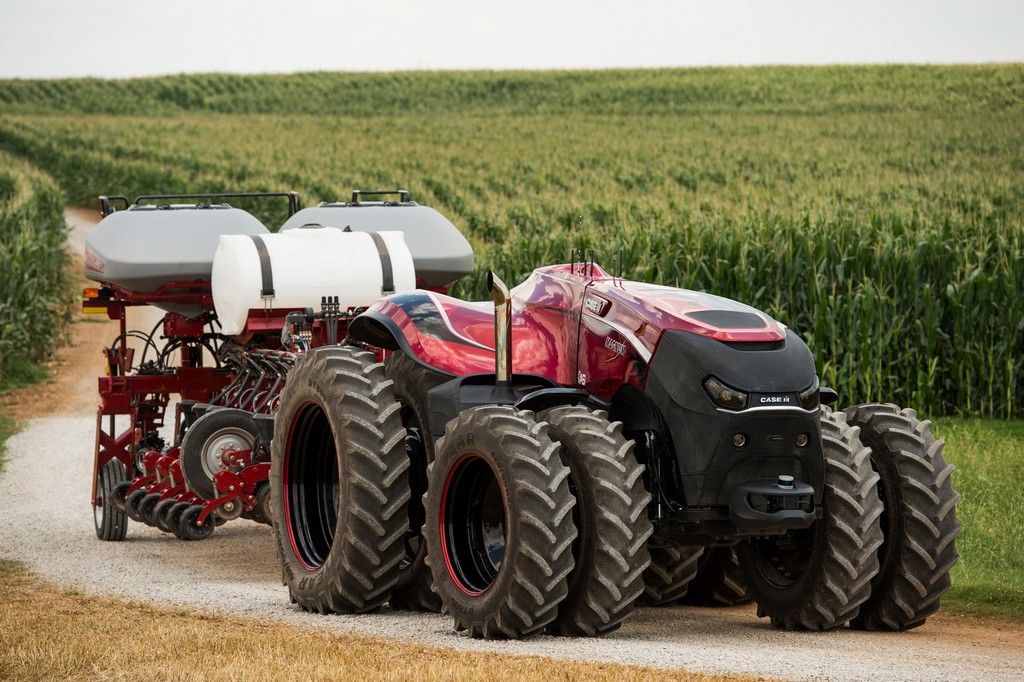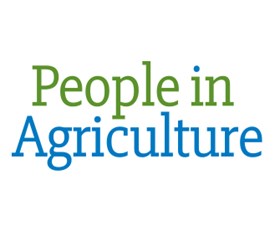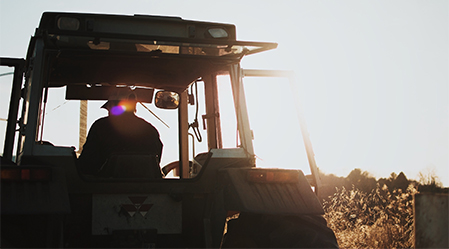The Farming Skills of the Future
4/12/2017
You might for a moment imagine a sci-fi future of Agriculture, one that isn’t just lab-grown food. A future where autonomous vehicles buzz to life as you switch them on from your laptop km’s away from the paddock. Harvesters start to work in a field of corn, all the time communicating wirelessly with a self-driving grain cart that works its way between the combine and a waiting semi truck.
You might for a moment imagine a sci-fi future of Agriculture, one that isn’t just lab-grown food. A future where autonomous vehicles buzz to life as you switch them on from your laptop km’s away from the paddock. Harvesters start to work in a field of corn, all the time communicating wirelessly with a self-driving grain cart that works its way between the combine and a waiting semi truck.All controlled by GPS and without the need for lights, let alone drivers. You flick on your VR goggles to catch a first-hand view of the operation via a drone hovering above the field, satisfied that all is running smoothly you can retire for the night knowing the semi will be filled and waiting for you in the morning.
How far off are we from this view of agriculture? Not as far as you think, all the technology to achieve this vision is existing now.
While it is obvious to see how much something like autonomous vehicles will shake things up, this is the tip of the iceberg. Advances in sensor technology are making it easier to target weeds and deliver chemicals only where they are needed. There is a revolution already happening in soil health as farmers begin to combine no-till, cover crops with better biology to reduce costs and weather-proof their lands.
With all this change on the way, tomorrow’s farmer will need to embrace a different set of skills to be effective agriculturalists. Here are three:
Understanding data
A lot of the key improvements in technology have come about due to an increased capacity for number crunching. Agriculture will not be exempt from the trend, and an ability for record keeping will be a key requirement. If farmers are going to be able to take advantage of the improvements in data analysis farms that keep consistent financial, stock and sensor readings.
Ag technologists
Understanding and embracing of technology is the cornerstone of benefiting from the coming revolution. Young farmers moving into management must be up with the latest trends in nutrition, marketing, logistics and staff management.
“If anyone thinks ag will be the same in 20 years they have their head in the sand,” says Aidan Connolly, chief innovation officer at Alltech, a global biotech and animal nutrition company. He believes eight technologies will transform ag, from food to fork: robotics, artificial intelligence, drones, sensors, 3D printing, virtual and augmented reality, the blockchain, and the Internet of Things.
Collaboration
Increasingly varied consumer-driven demand has created a need for greater collaboration across the food supply chain. The current “production push” supply model will change as consumers seek “food experiences” opening the door for farmers to achieve differentiation with more focussed production more closely resembling direct to consumer than wholesale models.





